Our trip to France began in Bordeaux, the actual city and the hub of the Bordeaux wine region. We’re aboard the Viking Forseti, a river cruiser. This part of the Garonne river is not terribly wide, and the moorage is along a vibrant river walk heavily trafficked with pedestrians and bicycles. October is the shoulder season and the quay is busy; I can’t imagine what mid-summer is like here. The weather in the south of France is lovely, bordering on hot on our first day and more seasonable going forward. Their leaves are starting to turn the colors of fall, the poplars starting to yellow and the burning bush a bright red. An evening walk with a guide pointed out the limestone Government and arts buildings mostly built by Dutch wine merchants, and the interesting details of the opera house and Grand Hotel de Bordeaux.
Click on image to view full size
The Forseti set sail in the early morning for the town of Cadillac, the gateway to the Sauterne region, and the home of Eleanor of Aquitaine. If you haven’t seen The Lion in Winter with Katherine Hepburn, Peter O’Toole and a very young Anthony Hopkins and Timothy Dalton I highly recommend it. It’s the story of Eleanor and her estranged husband King Henry II in 1183. Hepburn won a much-deserved Academy Award for her role as Eleanor.
The fortified medieval town or bastide is wonderfully walkable with cafes and shops, and a chateau that was once a women’s prison and then a reform school that is now a museum.
Click on image to view full size
It was our stepping off point for a sojourn to the Chateau de Rayne Vigneau, a Sauterne winery first started by Madame de Rayne, née Catherine de Pontac in the town of Bommes in the 17thcentury. You go, girlfriend.
The hilltop winery makes both Sauterne and Sauvignon Blanc, with the grapes higher up the hillside in a mix of clay and sand providing the sweeter juice for the sauterne and the lower vines in sandier soil creating a drier juice for the sauvignon blanc. But the confluence of two rivers of differing temperatures creates a mist that engulfs the vineyards, creating the perfect conditions for slow growth of Botrytis Cinerea fungus, also known as the Noble Rot. This is a good fungus, attacking very ripe grapes making them shrivel like raisins, making their flavors and sugars become more concentrated. So the mists followed by warm sunny afternoons create the perfect conditions for the grapes that make up these complex wines.
Click on image to view full size
I’m not a sweet wine person. Or at least I thought I wasn’t. Château de Rayne Vigneau 2009 Premier Grand Cru Classé de Sauternes changed my mind. No, it’s not something I’d drink every day, nor is it a dessert wine. It’s complexity pairs well with blue cheese, spicy food, and foie gras. Our winery guide, Sarah, made us promise two things. One is that when we toast with wine in France that we look the other person in the eye and say ‘Santé’. It means, in essence, ‘to your health’. But if you don’t look them in the eye everyone involved will have bad sex for 7 years.
The next thing she made us promise is that we’d roast a chicken for Sunday dinner and baste the skin with Château de Rayne Vigneau Sauterne. At 44 Euros (about $50) a bottle I’m thinking I won’t keep that promise, but basting a chicken with a decent sauterne for a sweet, caramelized skin sounds like a fine idea. And while it cooks I’ll DRINK the Château de Rayne Vigneau 2009 Sauterne while enjoying a little blue cheese. So who’s coming to Sunday dinner?
Santé!

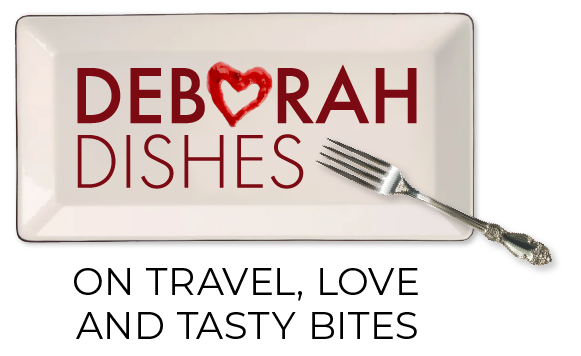



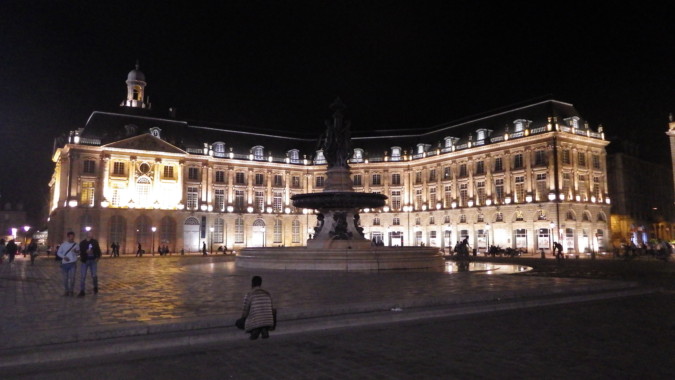
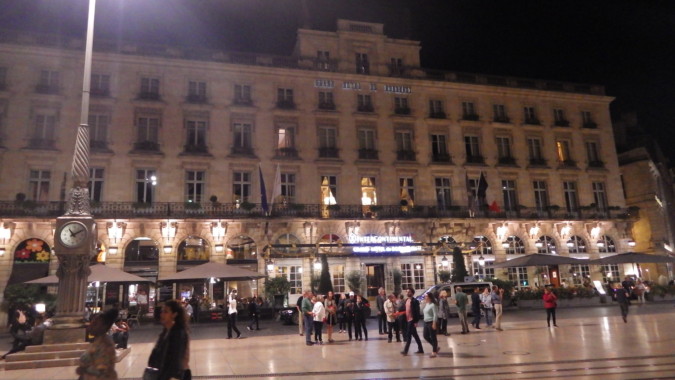






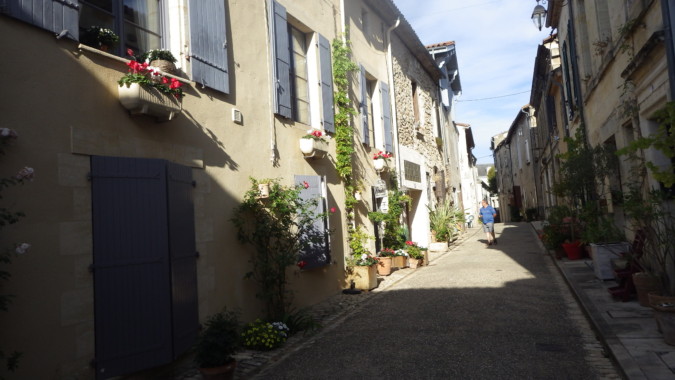
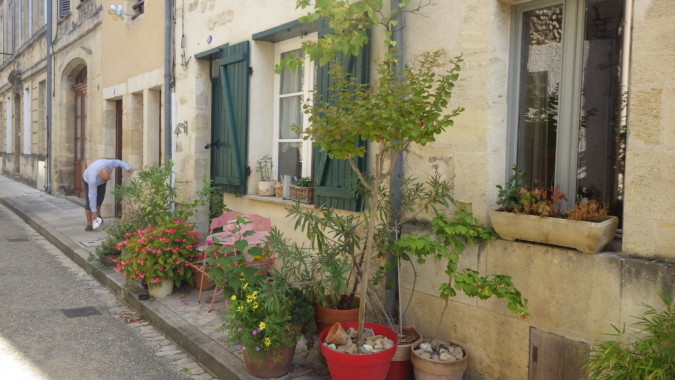





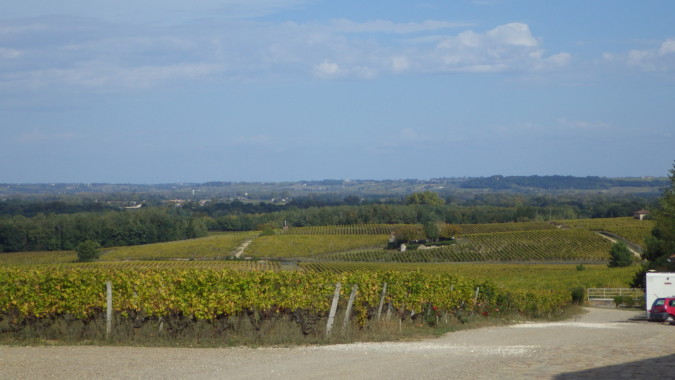
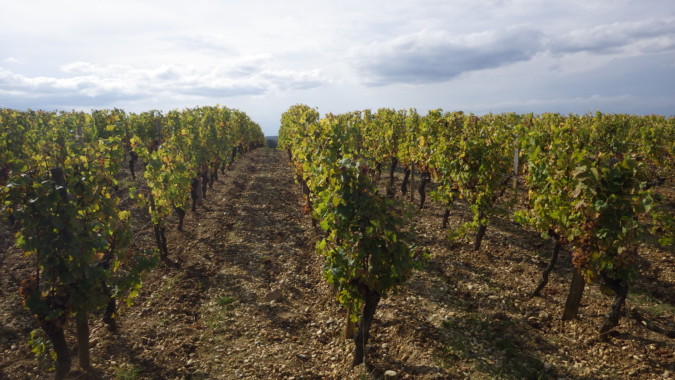
sounds “wicked cool”…. I’ll bet you’re having a blast and a tasty one at that….Put us down for that Sunday dinner…. we’ll bring the wine…. GO SOX!!!!…. Price was awesome last nite…..
love ya girl
We will be there for Sunday dinner.
Sign us up that that chicken, Deb–sound wonderful! We’ve cruised with Viking on the Seine to Normandy but never in the south of France. Seems like a must do and you picked the perfect season. On our first date Dave and I saw “The Lion in Winter” so I have especially fond memories of it. We’re happy that you and Steve got to experience Eleanor’s home.
Love,
Dottie
Deb& Steve,
What better way to spend time in October than “Wine Tasting” in France. Tres Bien!!!
No $50. bottles of wine in our house…..but….the frig is always home for a Clos de Bois bottle of Chardonnay. Photos are wonderful. Enjoy every moment.
Linda and John
The “santé” toast – the necessity of looking one’s drinking companions in the eye is identical here in Sweden, when one must clink glasses with all, look at them directly, and toast “Skål!” But the failure to do so is not quite so punitive to the Norse as it is to the French…no bedroom curse! Thank you for a most delightful lesson in the enjoyment of sauternes, a wine I too regularly pass by. I’ll be more open minded, now.
Thanks for your excellent advice and invitation. I’ll remember to look you in the eye when toasting. We’ve been cursed for the past seven years for doing it all wrong.
Votre cousin qui t’aime. Bob
Je t’aime, aussi, mon cousin! Poulet quand tu es là!
D.